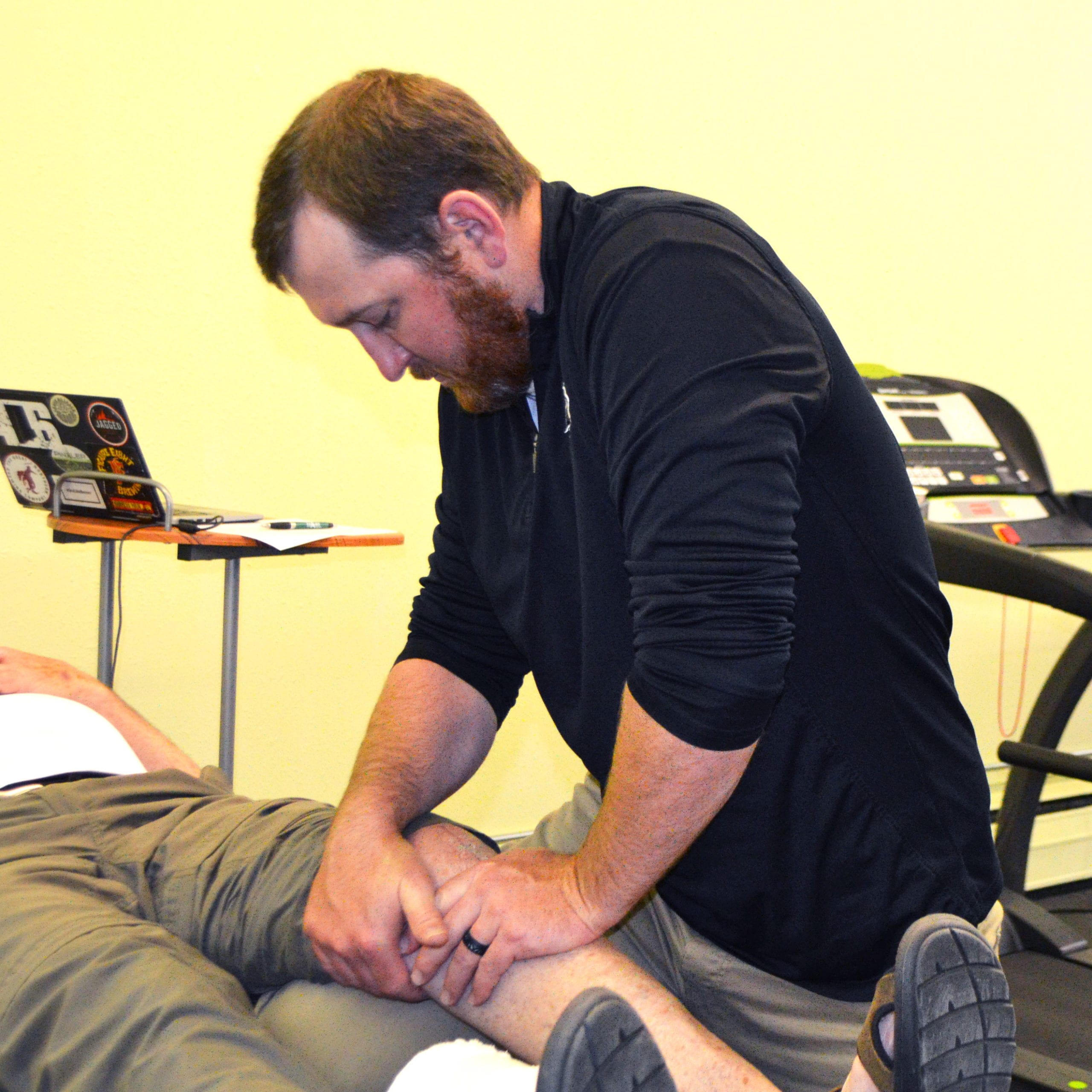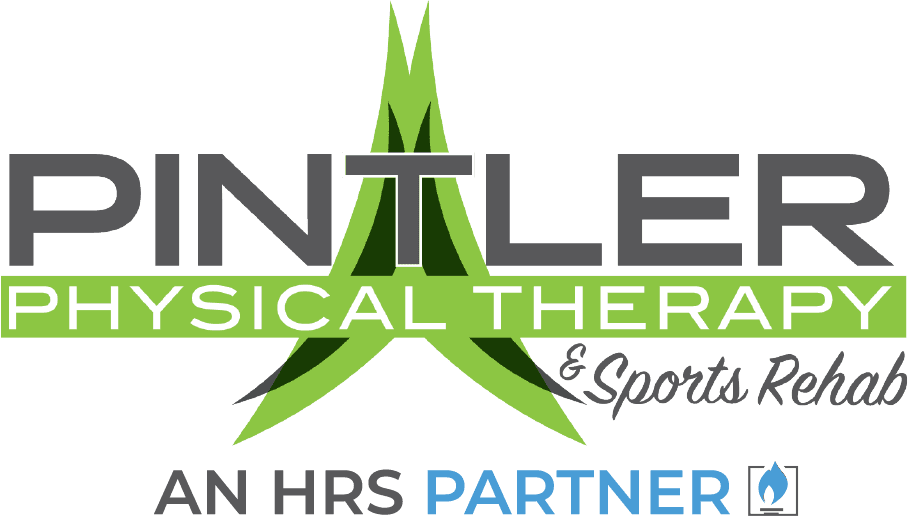What is manual therapy?
A wide variety of treatments fall under the manual therapy umbrella, but the most common thread is that they all involve direct contact from the therapist, with or without using a supplemental tool. These techniques can be divided into three categories: myofascial tissue, neural tissue and joint. During myofascial tissue work, the therapist applies pressure to specific myofascial tissue areas, such as muscle and cartilage, to relax tight muscles, improve muscle and neural tissue mobility and flexibility, increase circulation, improve joint mobility and break up scar tissue. When a therapist performs joint techniques, they use measured movements to push, pull or twist joints to loosen, release pressure and improve flexibility and alignment.




